Disclosure: This article contains affiliate links. We may earn a commission from purchases at no extra cost to you, which helps our travel content.
Paris and I have maintained a rather passionate love affair for over three decades now. My first visit in the late '80s—a professional excursion to examine a collection of 18th-century porcelain—ignited what would become countless return journeys to this magnificent city of light. While the Louvre, Musée d'Orsay, and Centre Pompidou rightfully command attention from the global masses, my appraisal work and insatiable curiosity have led me through the doors of dozens of Paris's lesser-known cultural institutions. These hidden sanctuaries of art and history offer extraordinary collections without the crushing crowds, providing more intimate encounters with French culture. During my recent autumn sojourn—a welcome respite from the dry El Paso heat—I revisited five remarkable museums that consistently enchant me with their distinctive character and extraordinary collections. Allow me to share these treasures with you, fellow cultural wanderers.
Musée de l'Orangerie: Monet's Water Lilies in Their Intended Setting
While hardly unknown, the Musée de l'Orangerie remains surprisingly uncrowded compared to its more famous siblings. Nestled in the western corner of the Tuileries Gardens, this former orange grove greenhouse transformed into an art sanctuary houses what I consider the most perfectly executed installation in all of Paris: Claude Monet's Nymphéas (Water Lilies) series.
Unlike many museum experiences where masterworks are displayed in contexts far removed from artists' intentions, the Orangerie presents Monet's panoramic canvases exactly as he designed them—in two oval rooms with natural light streaming from above. The effect is nothing short of transcendent. I've spent countless hours seated on the central benches, watching how these magnificent paintings transform with the shifting daylight.
The lower level houses the exceptional Jean Walter and Paul Guillaume Collection, featuring works by Renoir, Cézanne, Picasso, Matisse, and Modigliani. During my recent visit, I was particularly struck by Modigliani's portraits, their elongated forms and penetrating gazes seemingly following me through the galleries.
After several hours of visual indulgence, I treated myself to lunch at the museum's charming café. While many Paris museums now offer decent plant-based options, I always come prepared with my travel snack pack filled with nuts, dried fruits and dark chocolate—essential fuel for serious museum exploration.
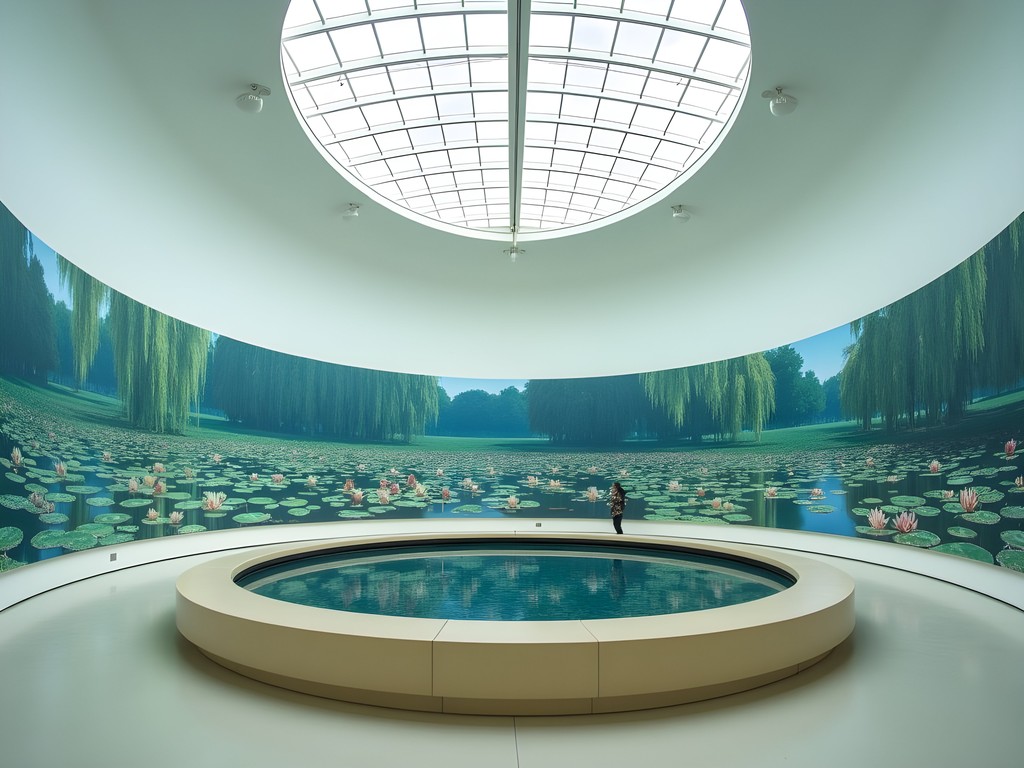
💡 Pro Tips
- Visit first thing in the morning (around 9am) to experience Monet's Water Lilies in relative solitude
- Purchase tickets online to avoid queues, especially if visiting during weekend afternoons
- Combine with a morning walk through the Tuileries Gardens when the light is magnificent
Musée Jacquemart-André: A Sumptuous Private Collection
Tucked away in the elegant 8th arrondissement, the Musée Jacquemart-André represents what I find most enchanting about Paris's museum landscape: the preserved private collections of discerning connoisseurs. Édouard André and his wife Nélie Jacquemart—an accomplished portrait painter herself—transformed their spectacular mansion into a showcase for their extraordinary art collection, which rivals many national galleries in quality if not quantity.
What distinguishes this museum is the context—you're essentially visiting an aristocratic home where Renaissance masterpieces by Botticelli, Mantegna, and Bellini hang in lavishly appointed rooms alongside exquisite French furniture and decorative objects. The Italian collection particularly impresses me; during my years appraising European collections, I rarely encountered private holdings of such consistent quality.
The museum's café deserves special mention. Housed in the former dining room with its magnificent ceiling painted by Tiepolo, it offers one of Paris's most civilized tea experiences. While their traditional offerings aren't particularly vegan-friendly, they now offer several plant-based options including a delightful seasonal fruit tart that paired wonderfully with their excellent Darjeeling.
During my autumn visit, I spent a delightful afternoon sketching details from the collection's remarkable Florentine paintings. My travel sketching kit has accompanied me through countless museums, allowing me to engage more deeply with artworks that captivate me. The guards at Jacquemart-André are particularly accommodating to sketchers, provided one uses only pencil or watercolour.
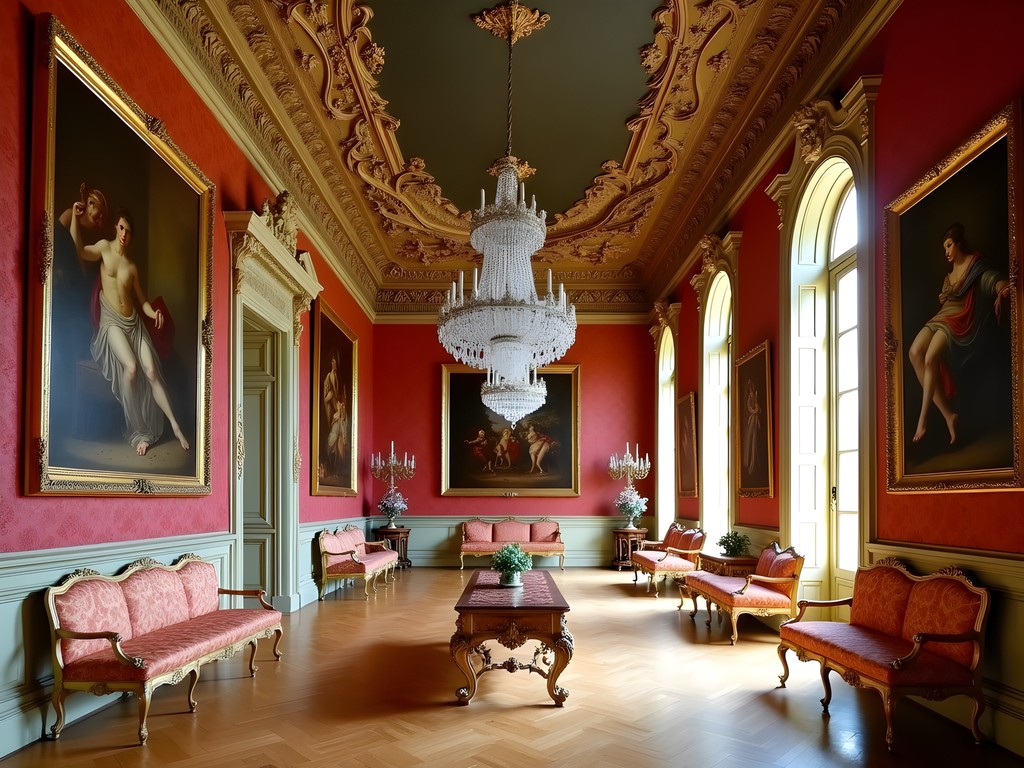
💡 Pro Tips
- Visit on weekday afternoons when French visitors are typically at work
- Reserve a table for tea in advance if visiting on weekends
- Don't miss the remarkable spiral staircase—an architectural marvel in its own right
Musée des Arts et Métiers: A Cathedral to Human Innovation
For those who believe museums must be temples to fine art alone, the Musée des Arts et Métiers offers a compelling counterargument. Housed partially within the atmospheric medieval priory of Saint-Martin-des-Champs, this extraordinary institution celebrates human ingenuity through its collection of scientific instruments, technological innovations, and industrial design.
As someone who spent decades evaluating the craftsmanship of antique objects, I find the museum's presentation of historical tools and machinery absolutely fascinating. The collection spans from ancient measuring devices to early automobiles, with particular strength in its horological collection (historic timepieces) and scientific instruments.
The museum's centerpiece is the former church, now housing larger exhibits including Foucault's original pendulum and several historic aircraft suspended from the vaulted ceiling—a surreal juxtaposition of medieval architecture and industrial innovation that never fails to inspire me.
During my recent visit, I was particularly taken with a special exhibition on sustainable design innovations, which aligned perfectly with my growing interest in environmental preservation. The museum has done an admirable job connecting historical innovations with contemporary challenges.
After several hours exploring the collection, I found a quiet spot in the adjacent garden to review my photographs and make notes. My travel journal has documented countless museum visits over the decades, helping me process and remember the remarkable objects I encounter. For those who appreciate human creativity beyond traditional artistic expressions, this museum offers a refreshingly different perspective on cultural achievement.
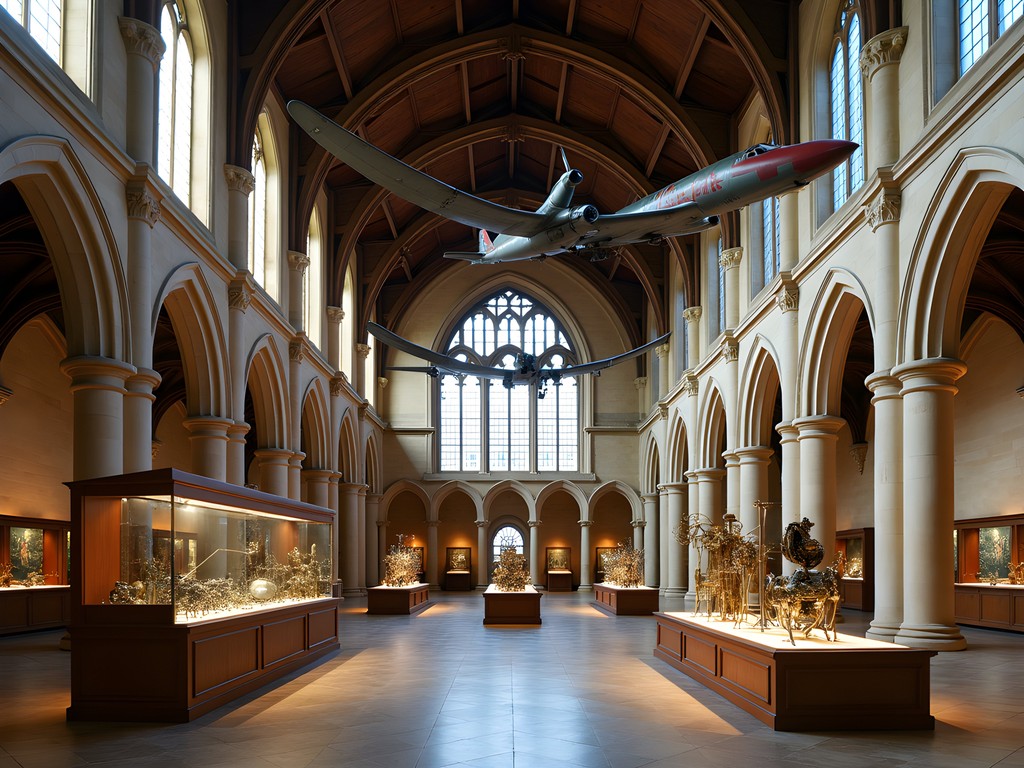
💡 Pro Tips
- Visit on Thursday evenings when the museum stays open until 9:30pm and is wonderfully uncrowded
- The audio guide provides excellent technical context for the more complex exhibits
- The museum is quite large—consider focusing on 2-3 sections rather than attempting to see everything
Musée de Cluny: Medieval Treasures in the Latin Quarter
Having spent considerable time appraising medieval decorative arts throughout my career, the Musée de Cluny (officially the Musée National du Moyen Âge) holds a special place in my heart. Recently reopened after extensive renovations, this magnificent museum combines two extraordinary historical structures: the Gallo-Roman baths from the 1st-3rd centuries and a 15th-century Gothic mansion.
The museum houses the finest collection of medieval art in France outside the Louvre. Its crown jewel is undoubtedly The Lady and the Unicorn tapestry series—six magnificent wool and silk masterpieces that rank among the greatest artistic achievements of the Middle Ages. I've studied these allegorical works representing the five senses (plus a sixth enigmatic tapestry) dozens of times, and they never fail to reveal new details.
The renovation has dramatically improved the display of the collection, with thoughtfully designed lighting that brings out the remarkable colors in the stained glass, illuminated manuscripts, and polychrome sculptures. The curators have struck an excellent balance between scholarly context and accessibility—something I've always strived for in my own writing about historical objects.
During my autumn visit, I was particularly moved by the collection of everyday medieval objects—combs, game pieces, and household items that create such an immediate connection to the people who lived centuries ago. I spent nearly an hour examining the intricate ivory carvings, marveling at the craftsmanship achieved with relatively simple tools.
After exploring the collection, I wandered through the museum's medieval-inspired garden before finding a quiet café in the Latin Quarter. While reviewing my notes, I used my portable magnifier to examine detailed photos I'd taken of several ivory miniatures—a habit from my appraisal days that continues to enhance my museum experiences.


💡 Pro Tips
- Purchase the excellent exhibition catalog if you have a serious interest in medieval art—it contains detailed analyses not included on exhibit labels
- Visit the Roman bath ruins in the lower level, which many visitors overlook
- The museum is surprisingly uncrowded in late afternoons, particularly on weekdays
Musée Nissim de Camondo: A Frozen Moment of Belle Époque Elegance
Perhaps the most poignant museum experience in Paris can be found at the Musée Nissim de Camondo. This perfectly preserved early 20th-century mansion near Parc Monceau houses an exceptional collection of 18th-century French furniture and decorative arts, assembled by banker Moïse de Camondo. What elevates this museum beyond its remarkable collection is its tragic history—Camondo created this perfect recreation of an 18th-century aristocratic residence in honor of his son Nissim, who died in World War I. The museum was later bequeathed to France in his memory, shortly before Moïse's daughter and her family perished in the Holocaust.
As someone who spent decades evaluating fine furniture and decorative arts, I can attest that the quality of objects here rivals the best collections in Europe. The museum's power comes from its completeness—everything from the grand salon furnishings to the kitchen equipment remains exactly as it was when the family lived there. It offers a frozen moment of Belle Époque elegance that simultaneously celebrates French decorative arts while commemorating profound personal and historical tragedy.
The dining room particularly captivates me, with its magnificent Sèvres porcelain service displayed in custom-built cabinets. During my years appraising European ceramics, I rarely encountered such a complete and well-documented collection. The kitchen facilities downstairs are equally fascinating, offering insights into the functioning of a grand Parisian household in the early 20th century.
On my recent visit, I spent considerable time in the library examining the remarkable collection of period books and documents. The museum allows photography without flash, and I found my mini tripod invaluable for capturing detailed images of the intricate marquetry and ormolu mounts on several exceptional pieces of furniture—references I still use when consulting on similar pieces.
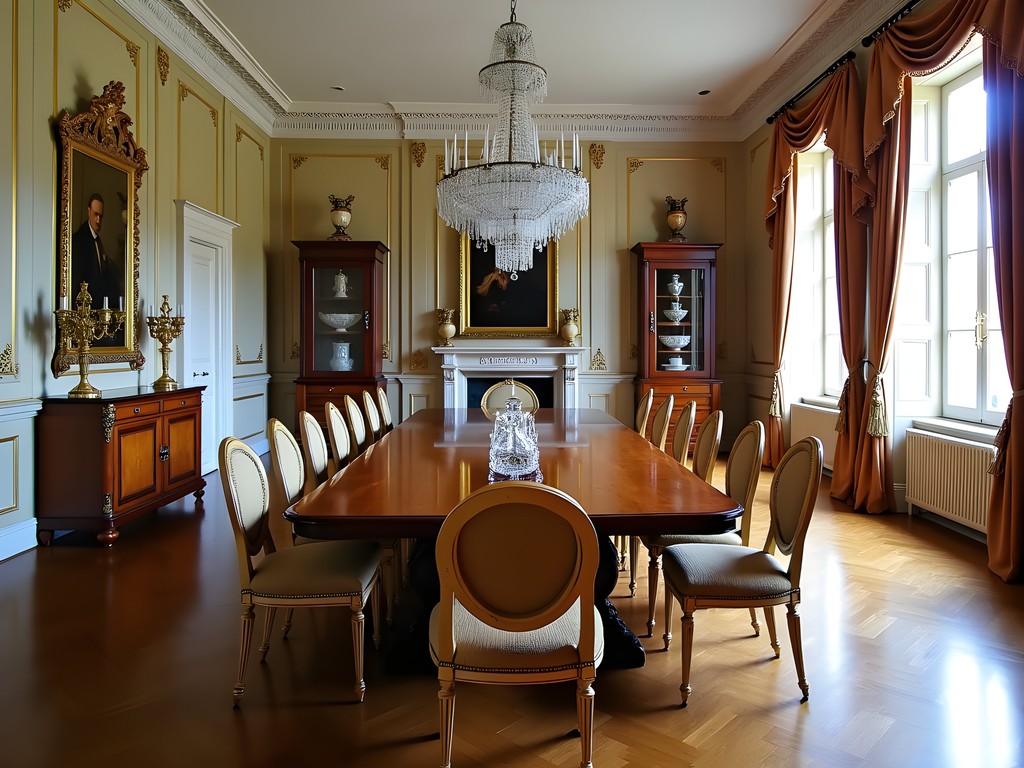
💡 Pro Tips
- Visit on weekday mornings when you might have entire rooms to yourself
- Take time to read the family history—it transforms your understanding of the collection
- The garden offers a peaceful spot for reflection after the emotionally moving experience
Final Thoughts
While the Louvre will always remain the crown jewel of Paris's museum landscape, these five institutions offer something increasingly rare in our age of mass tourism—the opportunity for unhurried contemplation and genuine connection with extraordinary objects and their histories. Each preserves a different facet of French cultural heritage, from medieval craftsmanship to industrial innovation, from Impressionist genius to decorative arts mastery. As someone who has devoted a lifetime to studying the stories objects tell us, I find these more intimate museums often reveal Paris's soul more eloquently than their famous counterparts. Whether you're a seasoned museum-goer or simply seeking refuge from the city's bustling energy, I encourage you to venture beyond the familiar landmarks. The rewards—moments of beauty, discovery and reflection—await behind these less-frequented doors. And isn't that, after all, why we travel?
✨ Key Takeaways
- Paris's smaller museums offer world-class collections without the overwhelming crowds of major institutions
- Visit early mornings or weekday afternoons for the most contemplative experience
- Each museum provides unique insights into different aspects of French artistic and cultural heritage
📋 Practical Information
Best Time to Visit
September-November
Budget Estimate
€10-15 per museum; consider the Paris Museum Pass for multiple visits
Recommended Duration
5-7 days to comfortably visit these museums alongside major attractions
Difficulty Level
Easy



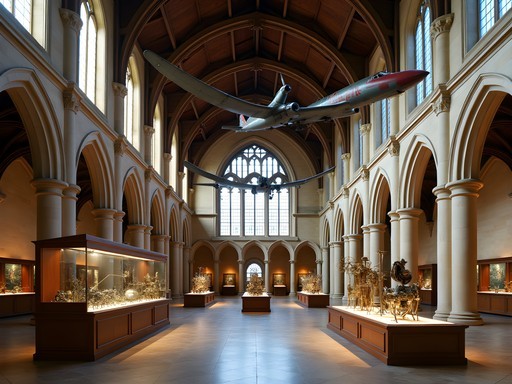

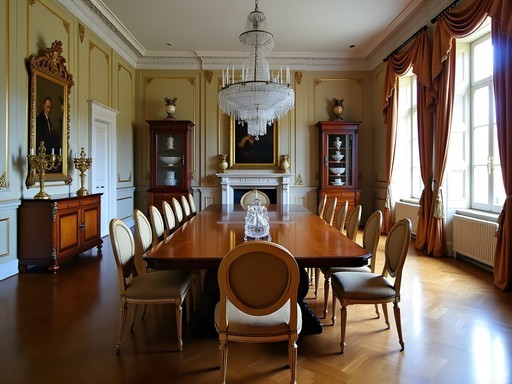


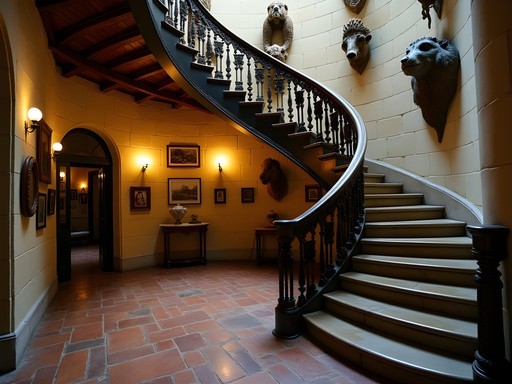
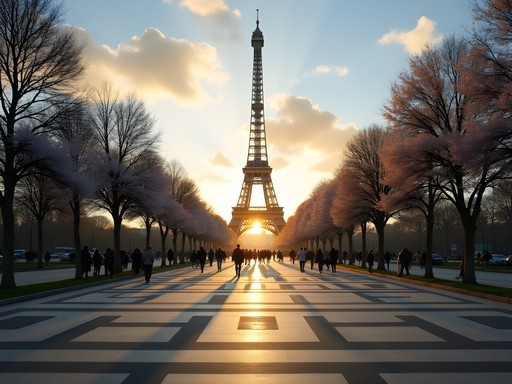






Comments
CultureVulture
That shot of the Musée des Arts et Métiers with the Foucault pendulum is stunning! Did you take that yourself, John?
FirstTimeToFrance
Which of these would you recommend for someone with only one free afternoon in Paris who's already seen the Louvre?
CaseyAndersson
@FirstTimeToFrance Without a doubt, l'Orangerie! It's centrally located, can be enjoyed in 2-3 hours, and Monet's Water Lilies in that oval room are truly a transcendent experience. Plus, you can combine it with a lovely walk through the Tuileries Garden.
ArtHistorian45
If you're visiting Musée de Cluny, I highly recommend getting the Paris Museum Pass. It covers entry to all these museums plus many others, and lets you skip most lines. The medieval tapestries at Cluny are breathtaking - plan to spend at least 2 hours there to really appreciate them.
coffeeguide
Just booked tickets for Musée Jacquemart-André after reading this! Those photos of the mansion interior sold me completely. Can't wait!
TravelingTeacher
Are any of these museums free on certain days? I'll be in Paris next month with students.
ParisExpert
@TravelingTeacher Most national museums in Paris are free on the first Sunday of each month. Some are also free for EU residents under 26. Definitely check their websites for the latest info!
TravelingTeacher
Perfect timing then! We'll be there the first weekend. Thank you!
mountainhero
Great list! I'm visiting Paris for the first time next month. Which of these museums would be best for someone who doesn't know much about art but wants to learn? Also, do they have English audio guides?
John Clark
For art beginners, I'd recommend Musée de l'Orangerie - it's compact, focused, and those Water Lilies are universally captivating. Musée des Arts et Métiers is fantastic if you're more interested in science and innovation than traditional art. And yes, all of these museums offer English audio guides or at least have English descriptions alongside exhibits. Enjoy your trip!
ParisLover88
Musée des Arts et Métiers was the highlight of our trip! My husband spent 3 hours looking at the aviation exhibits alone!
CaseyAndersson
John, this is exactly the kind of museum guide I've been searching for! I was in Paris last autumn and stumbled upon Musée Jacquemart-André completely by accident. What a revelation! The mansion itself is worth the visit alone - those ornate ceilings and that magnificent staircase! I spent an entire afternoon in their café, sipping espresso surrounded by 18th-century tapestries. The best part? Only a handful of visitors compared to the crushing crowds at the Louvre. I'd add one more to your list though - Musée Nissim de Camondo. It's another mansion-turned-museum with an incredibly moving family history tied to WWII. Their collection of French furniture and art is exquisite, and the audio guide brings the family's tragic story to life beautifully.
journeyadventurer
@CaseyAndersson - Is the Jacquemart-André museum accessible for someone with mobility issues? I'm planning a trip with my grandmother who uses a cane.
CaseyAndersson
@journeyadventurer Great question! The main floor is accessible, but the mansion does have stairs to upper levels. They have an elevator, but it's small and doesn't reach all areas. I'd recommend calling ahead to check what accommodations they can make. The Musée de l'Orangerie might be a better option - it's very wheelchair/mobility friendly!
journeyadventurer
Thanks so much! I'll definitely look into l'Orangerie then. Those water lilies sound amazing anyway!
Hannah Woods
Excellent curation, John! Having backpacked through Europe countless times, I've developed a methodology for identifying museums that offer maximum cultural insight with minimal tourist density. The Musée des Arts et Métiers particularly stands out as an analytical goldmine - the juxtaposition of Foucault's pendulum against the deconsecrated church architecture creates a fascinating dialogue between faith and science. I'd add Musée Nissim de Camondo to your list - a perfectly preserved aristocratic residence with an impressive collection of 18th-century decorative arts and a heartbreaking family history tied to the Holocaust. For navigation between these sites, I found the Paris Museum Pass to be cost-effective and time-saving.
coffeeguide
Thanks for mentioning Musée Nissim de Camondo! Adding that to my list for October. Is it easy to reach by metro?
Hannah Woods
Absolutely! Take line 2 to Villiers or Monceau. It's a short walk from either station through a lovely neighborhood. The museum is right by Parc Monceau which is worth exploring too!
traveltime
This post couldn't have come at a better time! Just got back from Paris last month and I'm kicking myself for missing most of these. We did visit Musée de l'Orangerie though, and those Water Lilies are STUNNING in person - photos don't do them justice. The way the natural light hits the canvases in those oval rooms is magical. Totally agree it's underrated compared to the Louvre crowds. Will definitely hit up Musée des Arts et Métiers next time!
mountainhero
How crowded was l'Orangerie? Planning my first Paris trip and hate massive crowds but really want to see those Monets!
traveltime
Way less crowded than the Louvre or Orsay! Go first thing in the morning and you might even get a few minutes alone with the Water Lilies. Pure magic!
Venture X
Premium card with 2X miles, $300 travel credit, Priority Pass